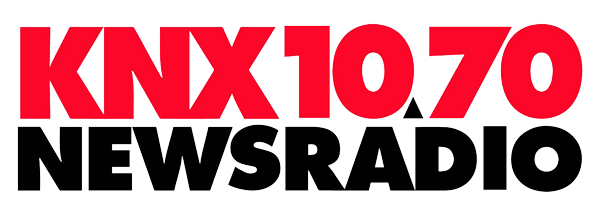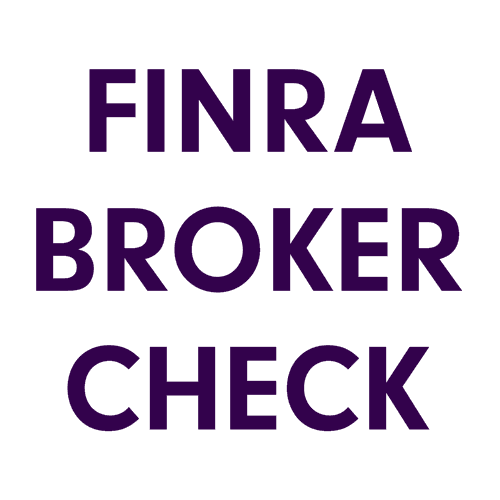In this month’s recap: A powerful late-month rally helped recoup losses from earlier in the month.
U.S. Markets
Stocks were mixed in May as a powerful rally in the final week of trading helped recoup losses from earlier in the month.
The Dow Jones Industrial Average picked up 0.04 percent, while the Standard & Poor’s 500 Index added 0.01 percent. The Nasdaq Composite fell 2.05 percent.1
It’s All About the Fed
The month began on a solid note as stocks rallied following the Fed’s announcement of a 50-basis-point hike in the federal funds rate. The market was relieved to hear comments from Fed Chair Jerome Powell, who said that a 75-basis-point increase was not actively being considered.
This rally lost momentum as investors reassessed the Fed’s commitment to a tighter monetary policy and digested some economic news that fanned inflation fears.
Focus Moving from Inflation?
Over the course of the month, inflation concerns diminished slightly, relative to economic growth worries. Consumer price inflation data showed prices rising at a pace near 40-year highs, but markets responded well, perhaps because the pace of price increases was down from the previous month.2
Inflation fears were further soothed later in the month when the Personal Consumption Expenditures Price Index, the Fed’s preferred measure of inflation, rose at a slower rate than markets had expected.3
Mixed Signals on Economic Growth
Economic growth concerns moved to the forefront due, in part, to weak economic data out of China. Disappointing earnings from major U.S. retailers also heightened fears about domestic growth. But upbeat news from several mid-size and discount retailers suggested the American consumer remained healthy.
Fed Sparks Rally
The May 25 release of the Federal Open Market Committee (FOMC) meeting minutes ignited the sharp rally in stock prices.
To investors, the meeting minutes suggested that the Fed was unlikely to pursue a more aggressive tightening stance. Investor sentiment was also lifted by comments from Fed officials who indicated that rate hikes could take a pause after the expected June and July hikes.
Sector Scorecard
Industry sectors that managed to post gains in May included Communications Services (+1.9 percent), Energy (+16.03 percent), Financials (+2.78 percent), Health Care (+1.49 percent), Materials (+1.18 percent), and Utilities (+4.31 percent). The remaining sectors moved lower, with losses in Consumer Discretionary (-5.12 percent), Consumer Staples (-4.08 percent), Industrials (-0.46 percent), Real Estate (-5.11 percent), and Technology (-0.69 percent).4
What Investors May Be Talking About in June
The U.S. dollar has been strengthening against other currencies all year. The U.S. Dollar Currency Index, which tracks the dollar’s value against a basket of major international currencies, has risen about 8 percent since the start of the year.5
The value of the dollar is closely watched because roughly 40 percent of the aggregate earnings of S&P 500 companies come from overseas sales.6
A strong dollar helps U.S. shoppers buy imported products at lower prices, but it also makes U.S. exports more expensive to overseas customers, which may show up in second-half company results.
World Markets
World markets trended higher as China began to emerge from its COVID-19 lockdown. The MSCI EAFE Index gained 1.45 percent in May.7
Major European markets mainly moved higher, with increases in Spain (+3.11 percent), Germany (+2.06 percent), and the U.K. (+0.84 percent). France’s CAC 40 lost 0.99 percent.8
Stocks in the Pacific Rim markets were mixed. Australia lost 3.01 percent while Japan picked up 1.61 percent.9
Indicators
Gross Domestic Product: The second estimate of the first quarter’s GDP growth was revised lower, from an annualized -1.4 percent to -1.5 percent.10
Employment: Employers added 428,000 jobs in April, the 12th consecutive month of 400,000-plus job growth. The unemployment rate was unchanged at 3.6%. Average hourly earnings rose 5.5% year-over-year, although that remains below inflation over the same period.11
Retail Sales: Consumers continued to spend in April, with retail sales climbing 0.9 percent. Since retail sales are not adjusted for inflation, it’s difficult to say how much of this increase is attributable to higher prices versus higher demand.12
Industrial Production: Industrial output rose 1.1 percent in April—more than double Wall Street estimates.13
Housing: Housing starts slipped 0.2 percent, although they were higher year-over-year by 14.6 percent.14
Sales of existing homes fell to their slowest pace since the start of the COVID-19 pandemic, declining 5.9 percent from a year earlier (April 2021). Tight inventory, rising prices, and higher mortgage rates weighed on prospective buyers.15
New home sales slipped 16.6 percent from March 2022 levels and dropped 26.9 percent from April 2021 levels. There was a nine-month supply of new home inventory in March 2022. A six-month supply is considered balanced between buyer and seller.16
Consumer Price Index: Prices of consumer goods rose 8.3 percent from a year ago, coming in slightly below last month’s pace but above consensus estimates. Excluding food and energy prices, core inflation jumped 6.2 percent.17
Durable Goods Orders: Orders for long-lasting goods rose 0.4 percent, led by non-defense aircraft and parts orders.18
The Fed
At its May FOMC meeting, the Federal Reserve raised interest rates by half a percentage point. The Fed governors also announced that they would begin to scale back the Fed’s $9 trillion balance sheet by $95 billion per month.
In a post-meeting press conference, Fed Chair Jerome Powell also said that the FOMC was not actively considering a 75-basis-point hike, although there may be multiple 50-basis-point hikes in the coming months.19
| MARKET INDEX | Y-T-D CHANGE | May 2022 |
| DJIA | -9.21% | 0.04% |
| NASDAQ | – 22.78% | – 2.05% |
| S&P 500 | – 13.30% | 0.01% |
| BOND YIELD | Y-T-D | May 2022 |
| 10 YR TREASURY | 1.33% | 2.84% |
Sources: Yahoo Finance, May 31, 2022.
The market indexes discussed are unmanaged and generally considered representative of their respective markets. Individuals cannot directly invest in unmanaged indexes. Past performance does not guarantee future results. U.S. Treasury Notes are guaranteed by the federal government as to the timely payment of principal and interest. However, if you sell a Treasury Note prior to maturity, it may be worth more or less than the original price paid.
CITATIONS:
1. WSJ.com, May 31, 2022
2. BLS.gov, May 11, 2022
3. BEA.gov, May 27, 2022
4. SectorSPDR.com, May 2022
5. CNBC.com, May 31, 2022
6. FactSet.com, May 6, 2022
7. MSCI.com, May 31, 2022
8. MSCI.com, May 31, 2022
9. MSCI.com, May 31, 2022
10. CNBC.com, May 26, 2022
11. WSJ.com, May 6, 2022
12. WSJ.com, May 17, 2022
13. MarketWatch.com, May 17, 2022
14. Finance.yahoo.com, May 18, 2022
15. CNBC.com, May 19, 2022
16. CNBC.com, May 24, 2022
17. CNBC, May 11, 2022
18. WSJ.com, May 25, 2022
19. CNBC.com, May 4, 2022










